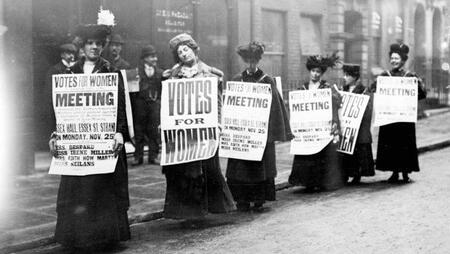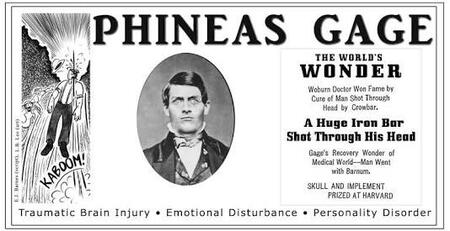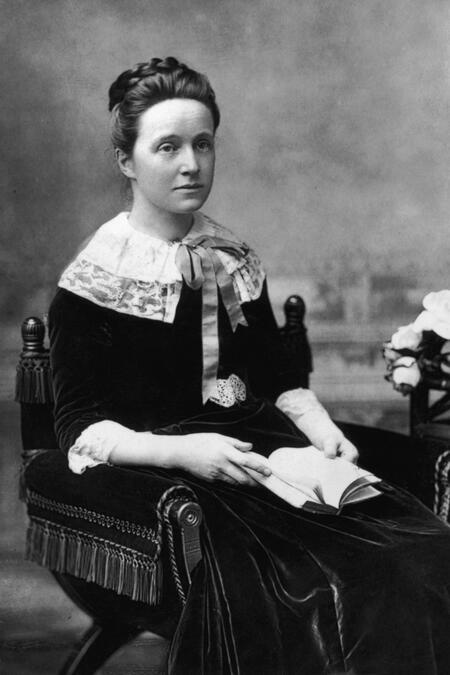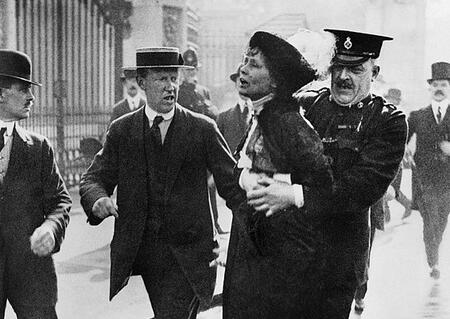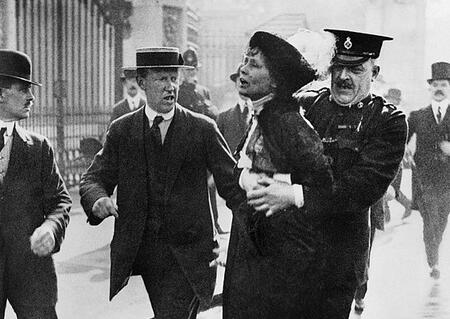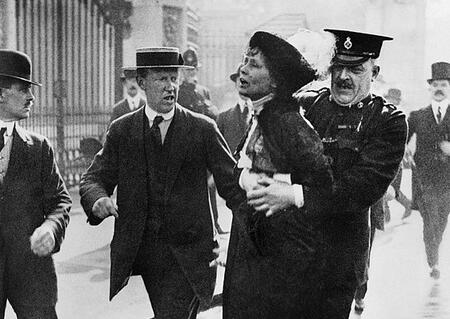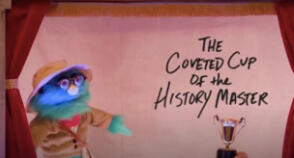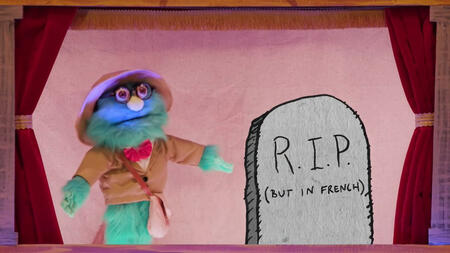welcome
are you ready to start your story?

choose one of the shows to get started!
(note: this site was designed for monitor so if you're on mobile, use landscape mode)
this is a choose-your-own-adventure site about watcher shows!
there are a couple stories for each shows and it's an interactive experience. you can choose different options in each story you choose to follow and it's pretty intuitive.
this site was designed by me (sam!) and the stories were written thanks to the help of people on watcher stan twit (they are credited on the stories they wrote)
enjoy!
choose a place you would like to explore with shane and ryan on weird and/or wonderful world!
written by sophie (@ryanbxgaras on twitter)
Welcome one and all to puppet history. Today, we’ll be taking an ever winding look at yet another chapter in the heavy heavy book we call history while our ruthless guests compete for the coveted title of History Master. I’m your beloved host, The Professor!
The professor introduces Ryan and then you, and shows off the history master trophy.
Now let’s dive right into it! It is the turn of the 20th Century, and we set our scene in London, England, where we meet Millicent Fawcett, founder of the National Union of Women’s Suffrage, also known as what?
Incorrect, but Ryan chooses the same as you. No one gets any points.
Yes it was B, the Suffragists.This was the beginning of the movement, a peaceful movement where they staged sit ins and signed petitions for women’s right to vote. However, in 1903, some people, finding these methods somewhat useless, broke off from the Suffragists, and led by Emmline Pankhurst, became the Suffragettes, with the motto: “deeds not words”.
Their methods became increasingly more rash and violent, desperate to prove their point and get the government’s attention. They chained themselves to railings, they put acid and ink into mail boxes, set off a bomb in a house built by, at the time MP Lloyd George, and when arrested, started hunger strikes in prison. But which of the following DIDNT they do?
Correct! You gain a point but Ryan, who chose A, does not.
Yes it was B, the Suffragists.This was the beginning of the movement, a peaceful movement where they staged sit ins and signed petitions for women’s right to vote. However, in 1903, some people, finding these methods somewhat useless, broke off from the Suffragists, and led by Emmline Pankhurst, became the Suffragettes, with the motto: “deeds not words”.
Their methods became increasingly more rash and violent, desperate to prove their point and get the government’s attention. They chained themselves to railings, they put acid and ink into mail boxes, set off a bomb in a house built by, at the time MP Lloyd George, and when arrested, started hunger strikes in prison. But which of the following DIDNT they do?
Incorrect. However, Ryan chose A and also got it wrong. No one gets any points.
Yes it was B, the Suffragists.This was the beginning of the movement, a peaceful movement where they staged sit ins and signed petitions for women’s right to vote. However, in 1903, some people, finding these methods somewhat useless, broke off from the Suffragists, and led by Emmline Pankhurst, became the Suffragettes, with the motto: “deeds not words”.
Their methods became increasingly more rash and violent, desperate to prove their point and get the government’s attention. They chained themselves to railings, they put acid and ink into mail boxes, set off a bomb in a house built by, at the time MP Lloyd George, and when arrested, started hunger strikes in prison. But which of the following DIDNT they do?
Incorrect! Suffragettes damaged five paintings in the National Gallery in May 1914. Ryan chose B and also got it wrong. No history points here!
While they did attempt to burn down two homes of government members in July 1913, amongst other places in an ‘arson campaign’ such as railway stations and cricket grounds, they didn’t burn down Asquith’s. Here is Mary Richardson, one of the arsonists of the government members, on the first time she set fire to a building:
"The putty of one of the ground-floor windows was old and broke away easily, and I had soon knocked out a large pane of the glass. When I climbed inside into the blackness it was a horrible moment. The place was frighteningly strange and pitch dark, smelling of damp and decay... A ghastly fear took possession of me; and, when my face wiped against a cobweb, I was momentarily stiff with fright. But I knew how to lay a fire - I had built many a camp fire in my young days -and that part of the work was simple and quickly done. I poured the inflammable liquid over everything; then I made a long fuse of twisted cotton wool, soaking that too as I unwound it and slowly made my way back to the window at which I had entered."
Because of the arson, and the attempts on many MPs’ lives (Asquith had rocks thrown at him and Churchill was attacked by a Suffragette with a whip), over 1000 suffragettes were arrested. In prison, to continue their protests they decided to hunger strike, beginning with Marion Wallace Dunlop. After refusing food for 91 hours, she was released from prison, but was rearrested once physically strong enough. This led to a bill passed in 1913 called Temporary Discharge for Ill-Health Act, also known as what?
Incorrect! Suffragettes, a day after defacing gallery paintings, destroyed a mummy’s glass case. Ryan also chose B. No one gets any points.
While they did attempt to burn down two homes of government members in July 1913, amongst other places in an ‘arson campaign’ such as railway stations and cricket grounds, they didn’t burn down Asquith’s. Here is Mary Richardson, one of the arsonists of the government members, on the first time she set fire to a building:
"The putty of one of the ground-floor windows was old and broke away easily, and I had soon knocked out a large pane of the glass. When I climbed inside into the blackness it was a horrible moment. The place was frighteningly strange and pitch dark, smelling of damp and decay... A ghastly fear took possession of me; and, when my face wiped against a cobweb, I was momentarily stiff with fright. But I knew how to lay a fire - I had built many a camp fire in my young days -and that part of the work was simple and quickly done. I poured the inflammable liquid over everything; then I made a long fuse of twisted cotton wool, soaking that too as I unwound it and slowly made my way back to the window at which I had entered."
Because of the arson, and the attempts on many MPs’ lives (Asquith had rocks thrown at him and Churchill was attacked by a Suffragette with a whip), over 1000 suffragettes were arrested. In prison, to continue their protests they decided to hunger strike, beginning with Marion Wallace Dunlop. After refusing food for 91 hours, she was released from prison, but was rearrested once physically strong enough. This led to a bill passed in 1913 called Temporary Discharge for Ill-Health Act, also known as what?
Correct! Ryan chose B and was incorrect. You get a point but he does not.
While they did attempt to burn down two homes of government members in July 1913, amongst other places in an ‘arson campaign’ such as railway stations and cricket grounds, they didn’t burn down Asquith’s. Here is Mary Richardson, one of the arsonists of the government members, on the first time she set fire to a building:
"The putty of one of the ground-floor windows was old and broke away easily, and I had soon knocked out a large pane of the glass. When I climbed inside into the blackness it was a horrible moment. The place was frighteningly strange and pitch dark, smelling of damp and decay... A ghastly fear took possession of me; and, when my face wiped against a cobweb, I was momentarily stiff with fright. But I knew how to lay a fire - I had built many a camp fire in my young days -and that part of the work was simple and quickly done. I poured the inflammable liquid over everything; then I made a long fuse of twisted cotton wool, soaking that too as I unwound it and slowly made my way back to the window at which I had entered."
Because of the arson, and the attempts on many MPs’ lives (Asquith had rocks thrown at him and Churchill was attacked by a Suffragette with a whip), over 1000 suffragettes were arrested. In prison, to continue their protests they decided to hunger strike, beginning with Marion Wallace Dunlop. After refusing food for 91 hours, she was released from prison, but was rearrested once physically strong enough. This led to a bill passed in 1913 called Temporary Discharge for Ill-Health Act, also known as what?
Correct! Ryan also guessed this so points all round baby! You and Ryan high five.
After years of desperation, both peace and violence (June 1913 racking up a grand total of £54,000 of property damage), the Suffragettes agreed a truce in August 1914 at the start of World War One. They helped out valiantly during the war… but do you think this convinced the government that they deserved the vote?
Incorrect. In fact Tom and Jerry didn’t exist until 1940 so it wouldn’t even make sense unfortunately. Ryan laughs at this, and gets a point for correct choosing A.
After years of desperation, both peace and violence (June 1913 racking up a grand total of £54,000 of property damage), the Suffragettes agreed a truce in August 1914 at the start of World War One. They helped out valiantly during the war… but do you think this convinced the government that they deserved the vote?
Incorrect! Ryan gets a point for A though.
After years of desperation, both peace and violence (June 1913 racking up a grand total of £54,000 of property damage), the Suffragettes agreed a truce in August 1914 at the start of World War One. They helped out valiantly during the war… but do you think this convinced the government that they deserved the vote?
Correct! Ryan says this too! History points all around!
Yes, in 1918, after the war, current Prime Minister and his Liberal government finall passed a bill allowing women over 30 with a property qualification to vote! So, you know,not everybody but they were getting there and this was a huge success!
While a Mail Box (who’d been fed chemicals and ink from suffragettes) sings a song, Shane tallies up the scores! Ryan had 2 points.
You won!: Ryan sulks and tries to steal jelly beans from the trophy as you sit back down with it. Do you give him some?
You drew: Ryan and the Professor argue over whether there should be a tie (Ryan demanding that there should be and The Professor saying no). You then decide to share the trophy and the jelly beans inside while the Professor closes the show.
You lost: Ryan is very happy and shows off the trophy. He teasingly offers you a share of the jelly beans in the trophy but pulls it away again at the last minute. You look unamused, and the Professor pops back up into the theatre and demands Ryan shares the jelly beans, or the trophy will be confiscated and given to their guest. Ryan grumbles and slumps down into the chair, offering the trophy across to you. You take a couple jelly beans and thank the Professor for defending you.
“Unbelievable,” Ryan mutters.
Incorrect. Ryan however, actually got it right, and finally wins a point.
Yes, in 1918, after the war, current Prime Minister and his Liberal government finall passed a bill allowing women over 30 with a property qualification to vote! So, you know,not everybody but they were getting there and this was a huge success!
While a Mail Box (who’d been fed chemicals and ink from suffragettes) sings a song, Shane tallies up the scores! Ryan had 2 points.
You won!: Ryan sulks and tries to steal jelly beans from the trophy as you sit back down with it. Do you give him some?
You drew: Ryan and the Professor argue over whether there should be a tie (Ryan demanding that there should be and The Professor saying no). You then decide to share the trophy and the jelly beans inside while the Professor closes the show.
You lost: Ryan is very happy and shows off the trophy. He teasingly offers you a share of the jelly beans in the trophy but pulls it away again at the last minute. You look unamused, and the Professor pops back up into the theatre and demands Ryan shares the jelly beans, or the trophy will be confiscated and given to their guest. Ryan grumbles and slumps down into the chair, offering the trophy across to you. You take a couple jelly beans and thank the Professor for defending you.
“Unbelievable,” Ryan mutters.
Ryan is very grateful and tells you you're a valiant winner!
Ryan and sulks and complains. The Professor pops back up into the theatre and tells Ryan to stop complaining and maybe he should have won if he wanted the jelly beans. Ryan points out how the scores are always fixed for him to lose and you sit back with your jelly beans, eating them like popcorn as the arguments ensue.
